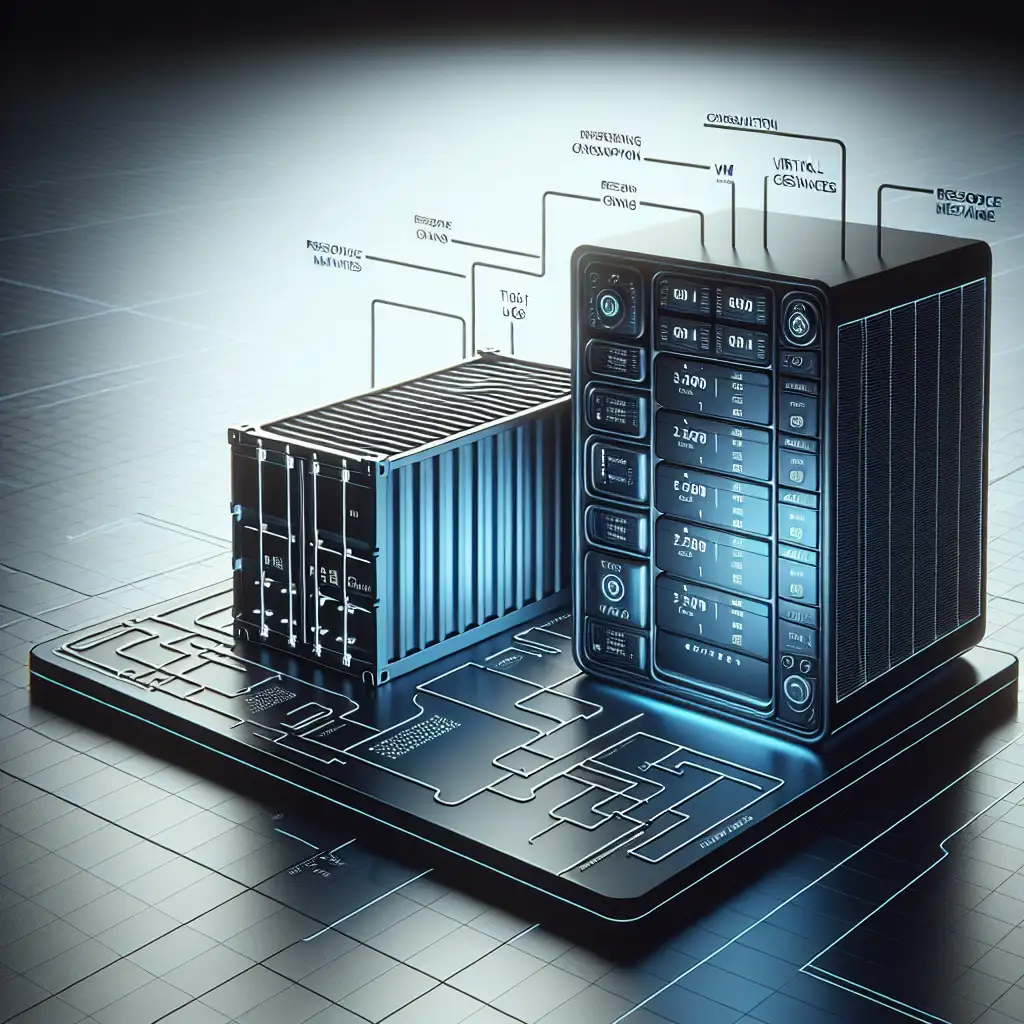Optimizing Resource Allocation: Deploying Applications to Docker with Minimal Overhead
Under-provision your containers and the application will choke. Over-provision and you pay for CPU ticks and memory you’ll never leverage. Docker deployment isn’t just “containerize and deploy”—the actual efficiency lies in disciplined resource management.
Image Bloat: Where Most Get It Wrong
The moment a python:3.11 base is chosen over python:3.11-alpine, tens of megabytes are committed—unnecessarily. The difference isn’t trivial; it’s often the boundary between a 140 MB and a 30 MB image. When images get multiplied across clusters, this overhead compounds.
Table: Image Size Comparison
| Base Image | Typical Size |
|---|---|
| python:3.11 | ~140 MB |
| python:3.11-slim | ~44 MB |
| python:3.11-alpine | ~30 MB |
| alpine (bare) | ~5 MB |
Tip: For statically linked binaries (Go ≥1.18, Rust), consider starting from scratch for the absolute minimum footprint.
Multi-stage Docker Builds: Don’t Ship Your Toolchain
Skip development dependencies in production. Multi-stage builds ensure only artifacts and the runtime environment make it to the deployed image. The ideal scenario: runtime image includes the binary, runtime deps, config, and nothing else.
# Build Stage
FROM golang:1.20-alpine AS builder
WORKDIR /src
COPY . .
RUN go build -ldflags="-w -s" -o myservice
# Deploy Stage
FROM alpine:3.18
WORKDIR /app
COPY --from=builder /src/myservice .
ENTRYPOINT ["./myservice"]
Common pitfall: Developers occasionally forget to install required shared libraries in the runtime stage, causing runtime errors such as:
/app/myservice: error while loading shared libraries: libc.musl-x86_64.so.1: cannot open shared object file
Always verify with ldd before shipping.
Explicit Resource Limits: Control Before You’re Forced To
Running containers without explicit limits invites problems under load, particularly if the workload is memory- or CPU-intensive.
docker run --name api-gw \
--memory="250m" \
--cpus="0.3" \
mycompany/api-gateway:1.8.4
Docker Compose Example:
services:
api:
image: mycompany/api-gateway:1.8.4
deploy:
resources:
limits:
cpus: '0.30'
memory: 250M
Historically, omitting limits has led to container orchestrators (Swarm, Kubernetes) aggressively evicting offending pods/containers. Resource guarantees are not just a best practice, they’re often required for stable multi-tenant environments.
Inside the Container: Application-Level Efficiency
It’s easy to blame the orchestrator, but application inefficiencies are just as costly as poor Dockerfile hygiene. Common issues:
- Synchronous/blocking operations in high-concurrency apps.
- Eager loading of modules or data at startup.
- Untended temp files in
/tmpor application directories. - Forgotten background daemons (SSH servers, cron) bundled in the container.
Practical case: A legacy Node.js API server ran 70% idle due to eager middleware loading. Swapping to lazy-on-demand imports (import() or dynamic require) reduced cold start memory by 40 MB per container.
// Inefficient
const metricsMw = require('metrics-middleware');
app.use(metricsMw);
// Improved: dynamically import on request
app.use(async (req, res, next) => {
const { default: metricsMw } = await import('metrics-middleware');
metricsMw(req, res, next);
});
Note: Not all frameworks support dynamic import hooks seamlessly; test thoroughly under load.
Prune Unnecessary Files & Layers
Every additional file increases both image transfer time and container startup cost. Remove build dependencies, caches, and temporary artifacts before finalizing image layers.
RUN apk add --no-cache build-base \
&& pip install --no-cache-dir -r requirements.txt \
&& apk del build-base \
&& rm -rf /root/.cache /var/cache/apk/*
Gotcha: Layer order matters; modifying earlier layers leads to cache invalidation and longer build times on CI/CD. Group cleanup operations together whenever possible.
Beyond Basics: Production-Grade Tuning
- Use
scratch: For statically compiled binaries with no external dependencies, e.g.,FROM scratch. Results in sub-5MB images, but debugging inside these is non-trivial. - Aggressive Slimming: Analyze containers post-build with
docker-slim, which strips out unreferenced files and binaries. - Resource Telemetry: Deploy
docker statsin CI testing and consider exporting metrics to Prometheus. Profile briefly under synthetic load; false positives (spikes in memory) are common with some GC runtimes. - Kubernetes resource requests/limits: Leverage these fields for pod scheduling, and monitor for
OOMKilledevents:kubectl get pod <name> -o json | jq .status.containerStatuses[].lastState.terminated.reason
Not Everything Fits One Pattern
Alpine compatibility with all base images is sometimes imperfect. (Known issue: Some PyPI wheels and Debian/Ubuntu-compiled binaries expect glibc, which Alpine lacks in favor of musl.) If encountering cryptic crashes or missing symbols, examine libc and binary compatibility before blaming the application or Docker.
Summary Table: Key Optimization Steps
| Optimization | Method/Example | Impact |
|---|---|---|
| Minimal base image | FROM alpine:3.18 | Smaller images |
| Multi-stage builds | Separate “build” and “deploy” stages | Slim leveraging only |
| Explicit Limits | docker run --memory=250m --cpus=0.25 ... | Controlled resource |
| Cleanup | Remove build deps, caches | Lower disk, faster CI |
| Dynamic import | On-demand load (e.g., Node.js) | Lowered memory usage |
Deployment efficiency in Docker is an iterative process—there’s always a smaller base, a sharper build, a tighter limit. Critical: prioritize actual profiling data over assumptions. Try one optimization at a time, measure, iterate.
If you hit elusive build issues or odd runtime errors during optimization, don’t hesitate to dig into verbose logs (docker logs, docker inspect, dmesg), or fire up a shell inside a running container for diagnosis:
docker run -it --entrypoint sh mycompany/api-gateway:1.8.4
No single pattern fits all workloads, but disciplined resource planning pays off repeatedly in uptime and budget.
For detailed code reviews or troubleshooting specific images, contact via engineering channels or DM. Complex cases—mixed glibc/musl images, production Prometheus stats, or advanced multi-arch builds—are best resolved collaboratively.
